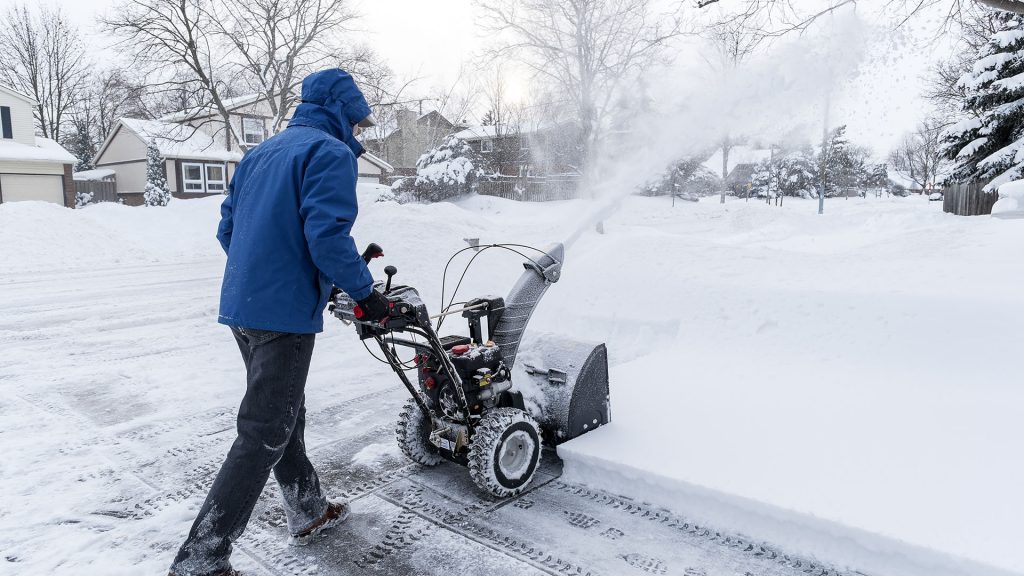Boston, M.A. – Meteorologists are predicting another harsh winter throughout the United States, with a particularly cold season for New Yorkers and New Englanders. This means residents throughout the region will need to prepare for harsh weather and higher heating costs, according to a report released by Consumer Energy Alliance (CEA).
CEA’s analysis, titled “2018/2019 Winter Forecast: High Heating Bills for the Northeast,” details how energy prices typically spike during winter weather, especially during prolonged cold snaps because of reduced energy supplies and difficulties delivering these supplies to utility providers.
According to federal data, Northeastern families and households paid $263 more for electric heating and an additional $179 for natural gas than the national average last winter. If this winter season is just 10 percent colder than expected, home heating costs could increase by as much as 33 percent. That would mean, families in the Northeast who rely on home heating oil and electricity to meet their needs they would pay on average an extra $585for energy in the next few months.
Highlights from the report include:
- The U.S. Energy Information Administration (EIA) predicts Americans’ household heating costs, particularly heating oil, could rise by as much as 33 percent this winter.
- Natural gas storage inventory levels were at their lowest level since 2005 heading into this winter season. They were also considerably lower than their five-year average.
- Northeastern families and households paid $263 more for electric heating and $179 more for natural gas than the national average during the winter of 2017-18.
- 21 percent of Northeastern homes use heating oil during winter months. Due to the instability of oil prices, EIA predicts these households could spend an average of $269 more this winter.
- If the 2018-2019 winter season is just 10 percent colder than expected natural gas and electricity prices could increase by 16 percent and 9 percent over the agency’s base forecast.
- Last year, the Low Income Home Energy Assistance Program (LIHEAP) assisted nearly 5.9 million households nationwide, including more than a million New York households and almost 361,000 New England households.
- National Energy Assistance Directors’ Association (NEADA) expects 8.9 million American households will qualify for assistance this winter.
- This winter nearly 400,000 New Yorkers will not have reliable home heating due to the on-going energy infrastructure needs at the NYC Housing Authority.
“CEA, along with regional electrical grid experts like ISO New England, continue to urge policymakers to take action and heed the warnings about the severe lack of pipeline capacity in the Northeast,” CEA President David Holt said. “While the growth in U.S. energy production has certainly helped utilities prepare for high-energy demand days during the winter months, it is unfortunate that state policymakers continue to block the development of pipeline infrastructure needed to deliver critical energy supplies that would ensure families are warm this winter.”
Holt continued, “One thing is certain: The region needs more dependable, affordable energy. This is evident from witnessing both LNG shipments being imported from Russia into New England and how the Boston metro area had the highest natural gas prices in the industrialized world last winter, despite the United States leading role as the world’s largest producer. It’s time for policymakers who have stood in the way of approving modernized infrastructure for the past several years to get serious about the burden facing New England energy consumers.”
Holt added: “Fortunately, there are near-term solutions that can help with this energy supply constraint facing the Northeast and New England. The most immediate and effective steps to ease home-heating spikes and outages for low-income families and those living paycheck to paycheck would be to end the state’s blockade and allow the expansion of critical pipeline infrastructure projects. These actions are critical as the region heads into another cold winter where the most vulnerable in our communities are counting on policymakers to put politics aside and provide solutions to help them stay warm.”
To see the report, click here.
###
About Consumer Energy Alliance
Consumer Energy Alliance (CEA) brings together families, farmers, small businesses, distributors, producers and manufacturers to support America’s energy future. With more than 500,000 members nationwide, our mission is to help ensure stable prices and energy security for households across the country. We believe energy development is something that touches everyone in our nation, and thus it is necessary for all of us to actively engage in the conversation about how we develop our diverse energy resources and energy’s importance to the economy.
Contact:
Emily Haggstrom
P: 720-582-0242
ehaggstrom@beta.consumerenergyalliance.org
